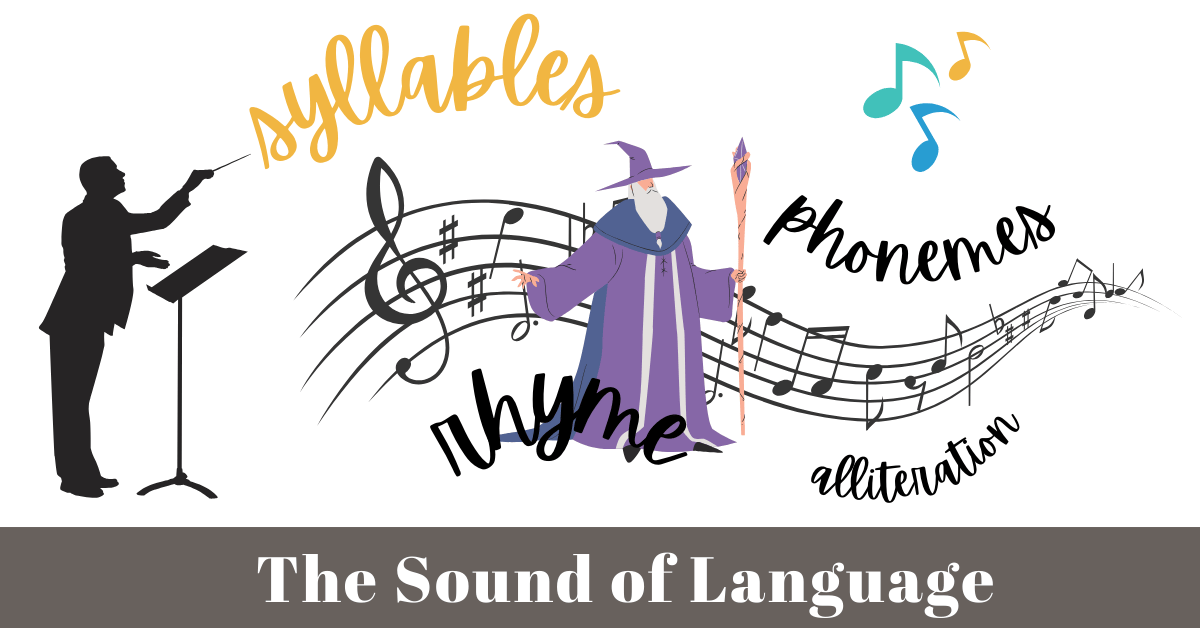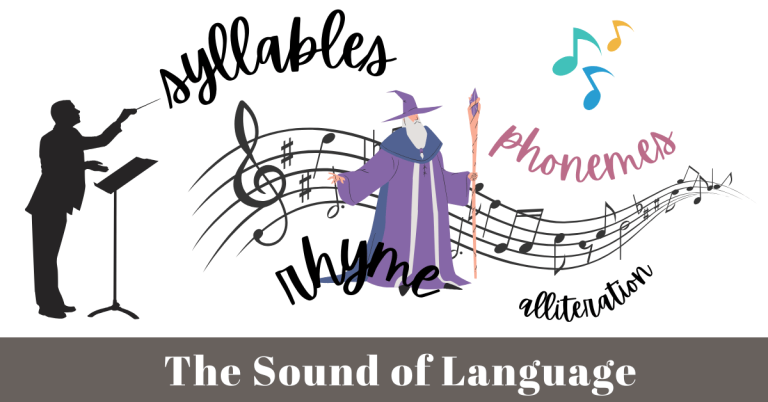Learning Syllables Helps Early Readers
Syllables are fantastic for helping children with recognizing important language sound patterns that help with learning to read and write.

Ox & Owl Questions to Ponder
Have you ever seen a child freeze up just because a word looked long, even if it was a word they probably knew?
Why do you think breaking big words into smaller parts works so well when we’re learning a new language — and how can that same idea help young readers in everyday learning?
What exactly is a syllable, and why is it important for early literacy development?
In what ways does recognizing syllables help children move from focusing on “sounding out” to actually understanding and enjoying what they read?
Words like rhinoceros, temperature, explanation, binoculars, barbeque, and other longer words can be incredibly intimidating for children to read. They may skip over or shrug their shoulders at simple compound words like firetruck, cupcake, and piggybank just based on their length alone.
Syllables to the rescue!
After whole words, syllables are the next largest unit of unbroken sound in spoken language. They are a means of breaking down longer words into smaller chunks. Most words in English are multisyllabic, meaning they contain more than one syllable. When children learn how to break words into their syllables, it makes words much easier to sound and spell out, as well as easier to pronounce. Learning syllable division can have a lasting impact on children’s literacy development.
Higher education introduces particularly challenging vocabulary, especially the sciences. Having strong syllable recognition skills is one of many useful skills to help make reading about these subjects and pronouncing challenging words easier down the road.
What is a Syllable?

Syllables are units of unbroken sound, making up parts within words. They are formed when pronouncing vowel sounds: A, E, I, O, U, and sometimes Y. The letter ‘Y’ is not a vowel but can behave as one in some English words, so in some cases, syllables may also be formed using ‘Y’.
Words can have one, two, three, or even more syllables.
Each syllable will only have one vowel sound. However, some syllables contain two vowel letters when one of the vowels is silent.
Note that vowels making up syllables may or may not be surrounded by consonants.
As children learn to count how many syllables make up different words, they learn that words follow different sound patterns, that longer words tend to have more syllables, and they begin to start saying words with greater confidence.
Why Teach Children Syllable Division?
Learning syllables supplies children with some hefty benefits on their literacy journey. Also, syllable activities are fun and engaging, helping children develop a positive attitude toward learning and language development!
Lets look at some impacts on children’s literacy development when learning to decipher syllables.
Syllable Recognition Helps Reading
Syllable recognition is an important phonological awareness skill. Phonological awareness—the ability to recognize and manipulate sound patterns in spoken language—is strongly linked to future reading and writing success.
Breaking words into smaller chunks helps children decode more easily, making the challenging task of sounding out written text more manageable. As decoding becomes easier, children can focus more on reading for meaning and stay engaged.
Recognizing syllables also gives children a strategy for tackling longer or unfamiliar words, helping them persist through reading challenges without losing confidence.

Syllable Recognition Helps with Spelling
The ability to break words into smaller chunks also helps with learning to spell words correctly. Children are better at identifying spelling patterns and grouping words into word ‘families’ when they are good at syllable recognition.
Spelling becomes much less taxing when every word does not need to be memorized by each letter. Instead, armed with ways to break words apart and to group or categorize text by common general rules, spelling becomes more manageable. Children then have more strategies to draw on when they need to make educated guesses on how to spell a word that they are unsure of.

Vocabulary Quest
Word: Snuggle
Meaning: to get cozy with someone or something you love, like giving a big, warm hug or cuddling up with a soft blanket or stuffed animal.
Ex: All the penguins waddled into a group huddle, declaring it a “snuggle shuffle” to stay warm on the ice.

Curious Queries Corner?
Stir up your learner’s imagination and create some conversation and connection by asking an unusual question.
Would you rather have spaghetti hair you can eat anytime or rainbow fingers that change colors when you wiggle them?
Syllable Recognition Assists in Pronunciation
Breaking words into more manageable sections also can help with pronouncing words correctly and expanding one’s vocabulary repertoire.
Have you ever noticed how helpful it is when someone breaks an unfamiliar word down into sections when trying to learn another language? The same principle applies to children learning a language in general. They will have greater confidence in attempting to say words when they hear them broken down into sections.

To learn to read is to light a spark; every syllable that is spelled out is a spark.
– Victor Hugo
Syllable Recognition Improves Comprehension
The more accurate and fluent children become at decoding, the more mental energy they can devote to reading comprehension. When decoding is a struggle, it’s difficult for children to also grasp the meaning of what they’re reading.
As children become more proficient in recognizing language patterns, such as syllables, they become more adept at gaining meaning from the language they are exposed to. They develop metacognitive skills that promote self-monitoring of their understanding and that allow them to think more deeply about what they are reading. Children can then better identify when they don’t understand something and ask questions, along with applying other comprehension strategies to help improve their understanding.

Key OOliteracy Takeaways
Nurturing Little Minds, Sparking Big Dreams

I’m happy you’re here!
Hi, I’m Julie, the passionate creator of Ox & Owl Literacy. I enjoy empowering families and educators with wonderful resources to inspire fun, imaginative, and joyful learning opportunities for young kiddos. You’ll find lots of recommended books, reading resources, and creative learning activities on this site aiming to help children fall in love with language, books, reading, and the transformational power of stories.









